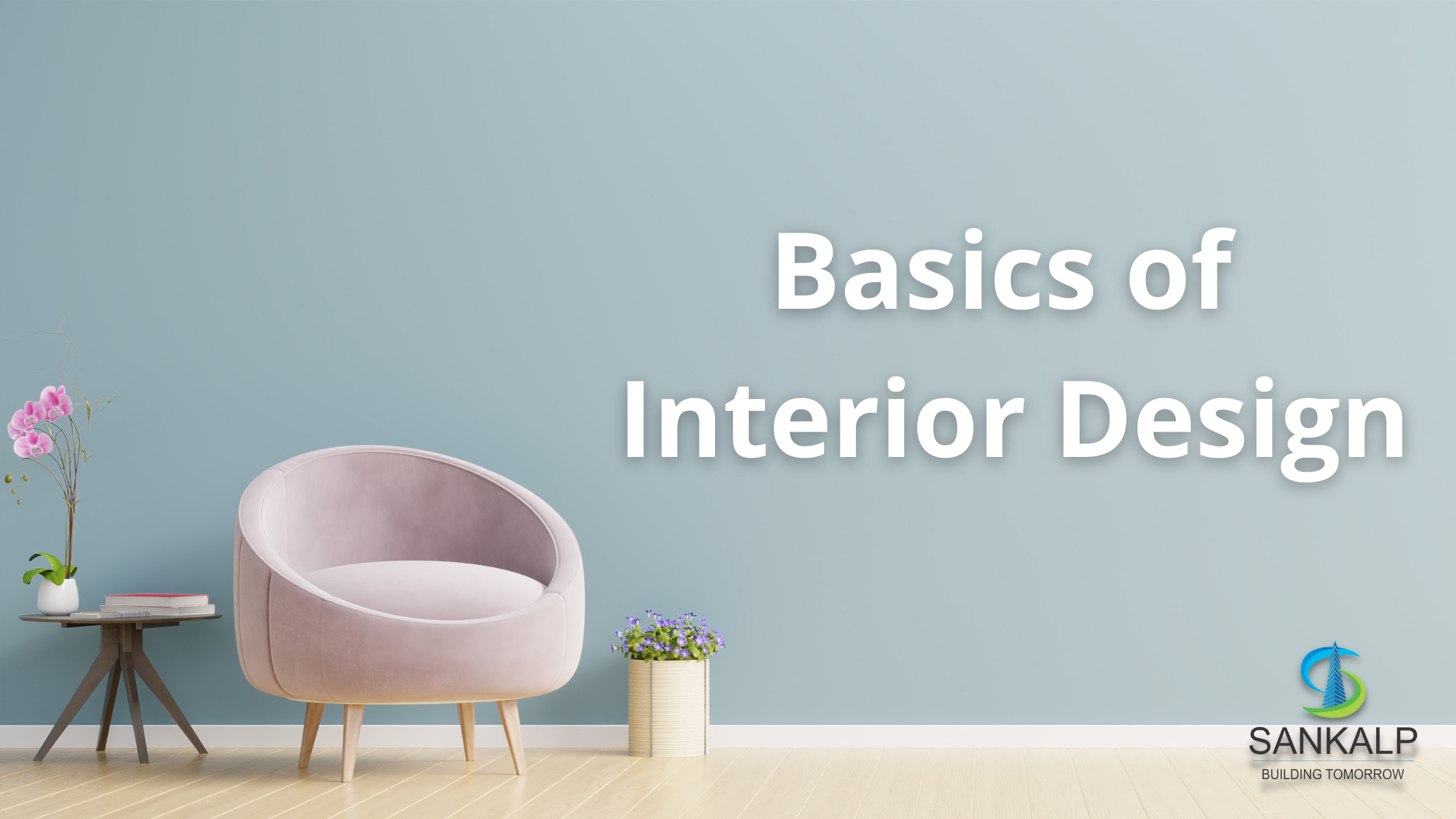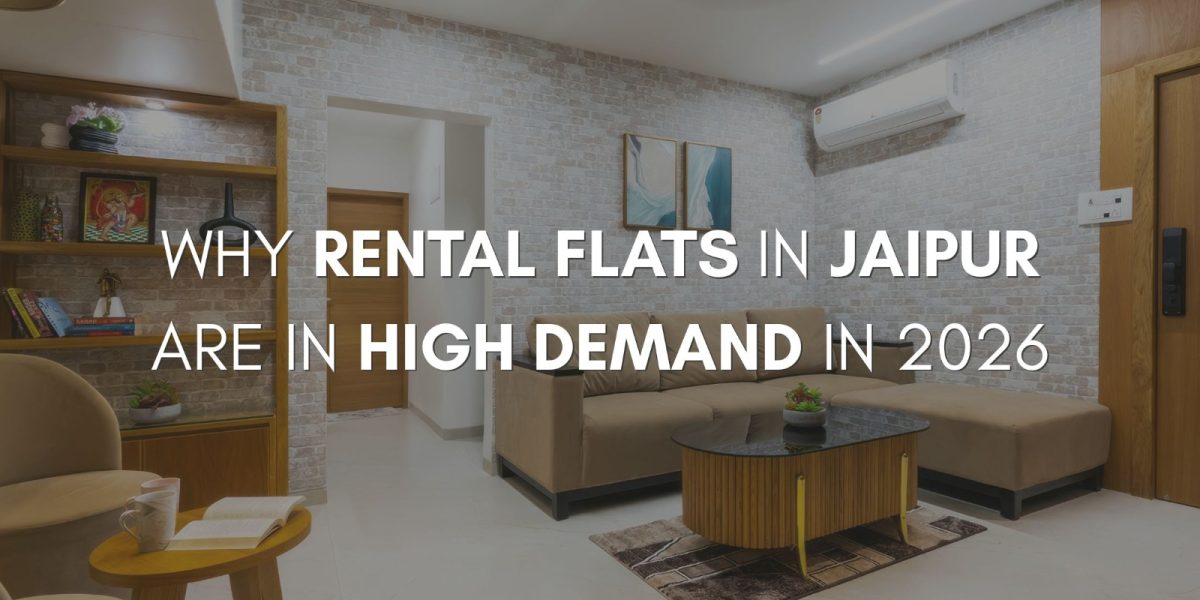If you are wondering why you must know about basics of interior design then remember that every time you enter in your home, office , hotel or any building at all they all have one basic element that makes your like it or not and that is its “interior decoration”. If you know the basics of interior design you can always play a more active role in creating a dream space for yourself.
Having a well designed home/office or real estate can enhance the aesthetic and economic value of your property. So let’s start with some basic principles of interior design.
- Scale and Proportion: The most important and basic rule of interior design is to know about the ratio. The design and dimensions of the space should be proportionate and related to each other. Do not incorporate things that look out of place. For example a large chandelier is a complete mismatch in a small lobby with low height. Similarly interior spaces with high ceilings must have larger pieces of furniture and décor accents.
– There is a golden ratio that designers use – the 1.618 ratio. An invention of the Greeks, it is used throughout the ages amongst artists and architects to achieve harmony in design.
2. Balance: Make sure to have a sense of equilibrium in your designs. A visual harmony is all that is required to have a balance in your space and it can be achieved by having a synergy in shapes, colors patterns and textures.
Try to stick with one of the basic rules (a) either have everything symmetrical and places in an orderly fashion (b) incorporate asymmetrical balance where focal point is an imaginary axis while allowing dissimilar and oddly numbered objects. (c) Radical balance is the element in basics of interior design where balance involves arranging objects around a central focal point for like a giant size centre table, a water body or a large chandelier.
3. Rhythm: Human brain is trained to recognize similar and even looking objects quickly, hence having a rhythm or repetition and contrast helps carry visual interest of the viewer. For example you can have a feature wall of gray color and use the same color on the cushions of dining table, sofas and curtains. You can also try progression of rhythm at different levels such as a pendent light at the doorstep and similar yet larger pendent lights hanged above the staircase.
4. Central Element: One important basic of interior design is to have at least one focal point in each room and other items should complement the central point. For example a large piece of furniture, a painting, an accent wall could be your central element and all the other items must complement it by adding more value to it.
5. Contrast: in interior design contrast can be achieved by combining two or more different forms, colors, shape or space. The easiest way to achieve this is by creating a space with contrasting shapes like a round shape dining table having a diagonal looking décor accent on it or a wood pattern wallpaper on ceiling above bed. Another excellent idea is to create filled space just opposite to empty space in a living room or common area.
6. Detail: An important basic of interior design is to never overlook the minutest details of the area. From embroideries on cushions to curtains, the textile used in sofas to accent chairs, handles of doors and wardrobes and frames of the paintings etc, they all add extremely important aesthetic value to your interior design and if you pay attention to detail your space are bound to look sleek and flamboyant.
If you like reading our articles please care to follow us on Face book, Instagram, LinkedIn, Twitter and kindly subscribe to our YouTube channel. We share very interesting decoration ideas, real estate tips and cool info every few days.










